Norilsk, a mining city northernmost of the polar circle, northern Russia, is, after Murmansk, the second-largest city within the Arctic Circle, with a population of over 177,000.
Norilsk was founded in the 1935s, when the geologist Urvantsev found out the rich deposits of nickel, copper and cobalt at the foot of the Putorana Mountains.
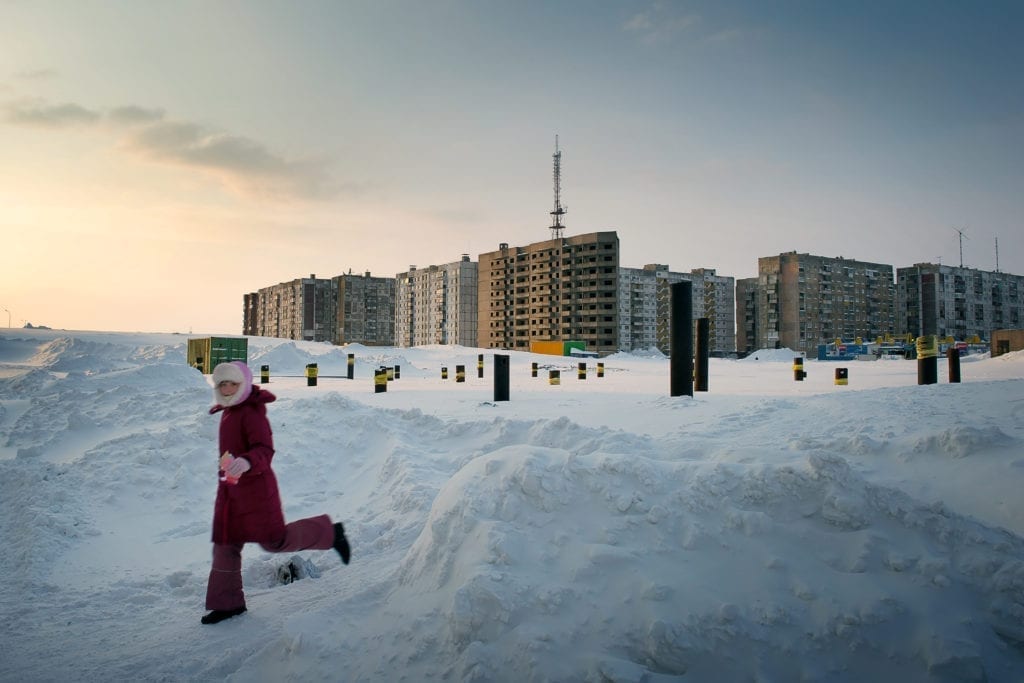
Until 1956, it operated as a Soviet Gulag. Over 20 years, around 500,000 prisoners labored there in the conditions of intense cold, starvation, and forced to construct the mines and factories and, eventually, the city itself.
Norilsk endures an extremely harsh climate, with temperatures dropping below -50°C in the winter, and rising into the high 20s or 30s in the brief summer months.
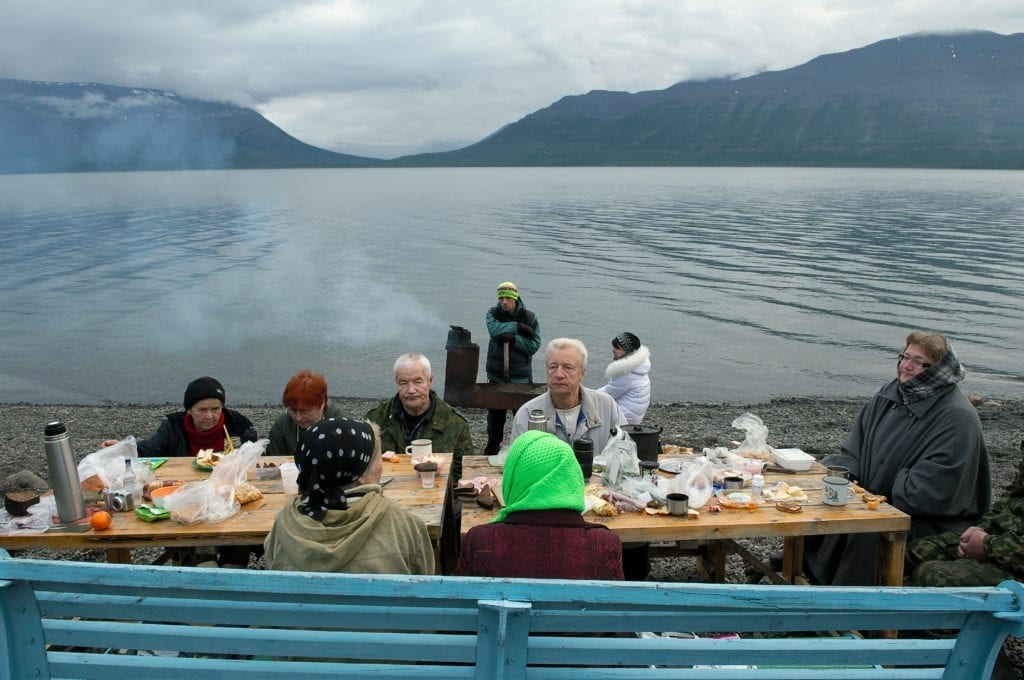
The city is covered in snow for 250-270 days a year, has frequent violent snowstorms and experiences polar night from November to mid-January, when the sun does not rise above the horizon.
Norilsk maintains the biggest metallurgical and mining complex in the world. Rich metal and mineral deposits make the region a primary global source of commodities like nickel, cobalt, platinum and palladium.
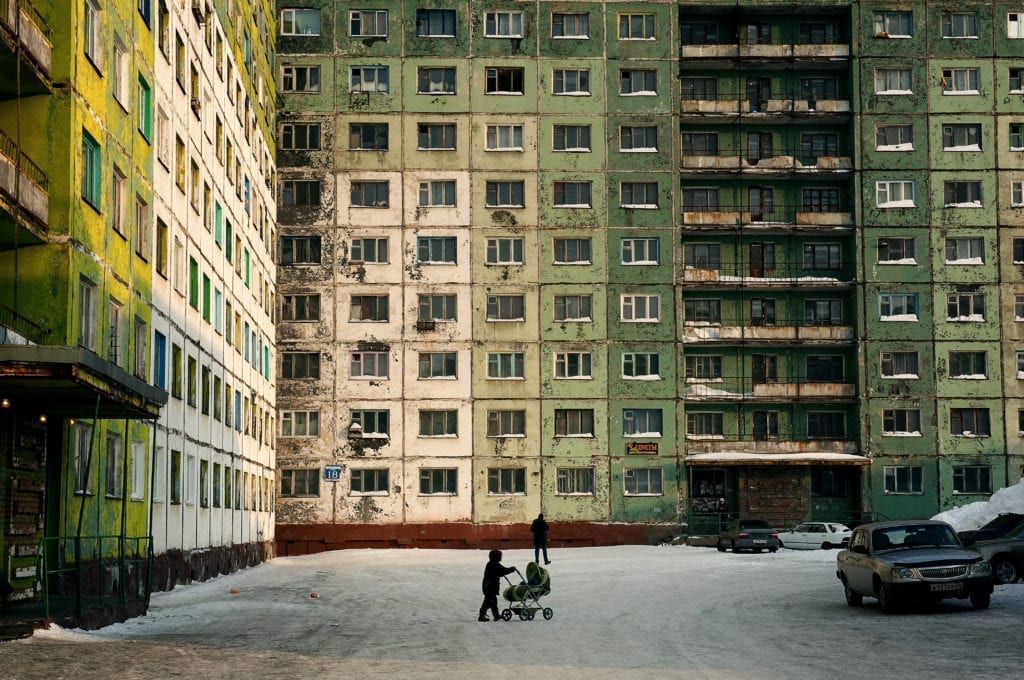
Norilsk has no ground connection with the rest of the world; it can be reached only by plane and the seaway.
Following the collapse of the Soviet Union, Norilsk became the main center of the company Norilsk Nickel, the world leader in production of nickel and palladium, with 17% and 41% of the world production respectively. Nowadays, Norilsk Nickel brings in 1.9% of the Russian GDP.
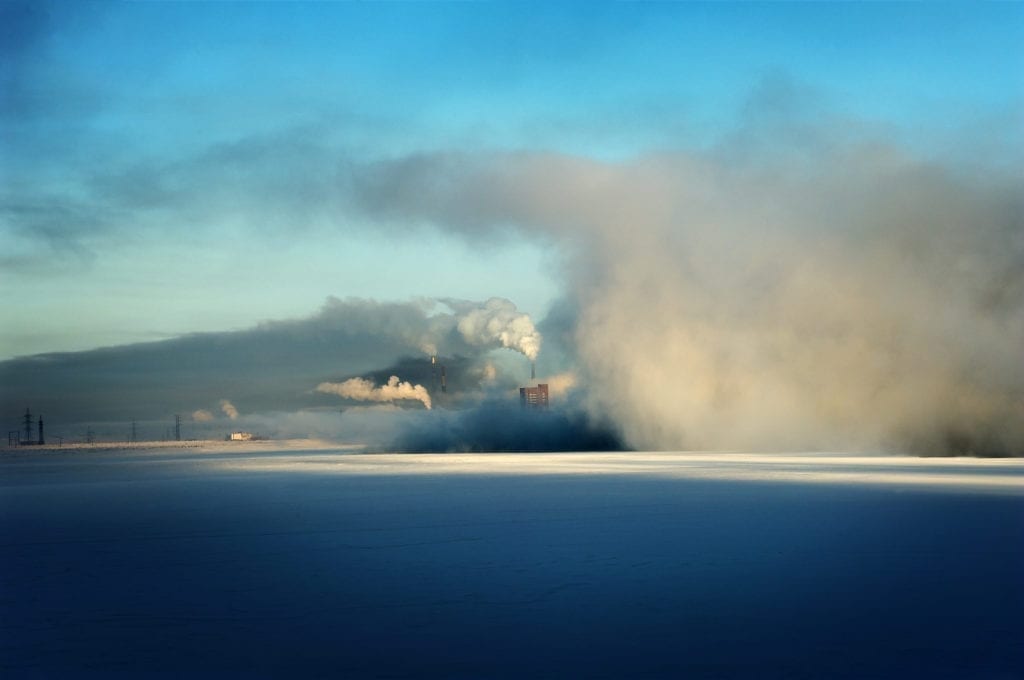
Norilsk minerals are extracted in sic underground mines. The total length of underground galleries exceeds 800 km, while their depth varies between 450 and 2050 meters. Almost 56% of the present population is involved in the industrial process.
It is also one of the ten most polluted cities in the world. Two million tons of gas rejected every year in the atmosphere, and the life expectancy is 10 years less than in other regions of Russia.
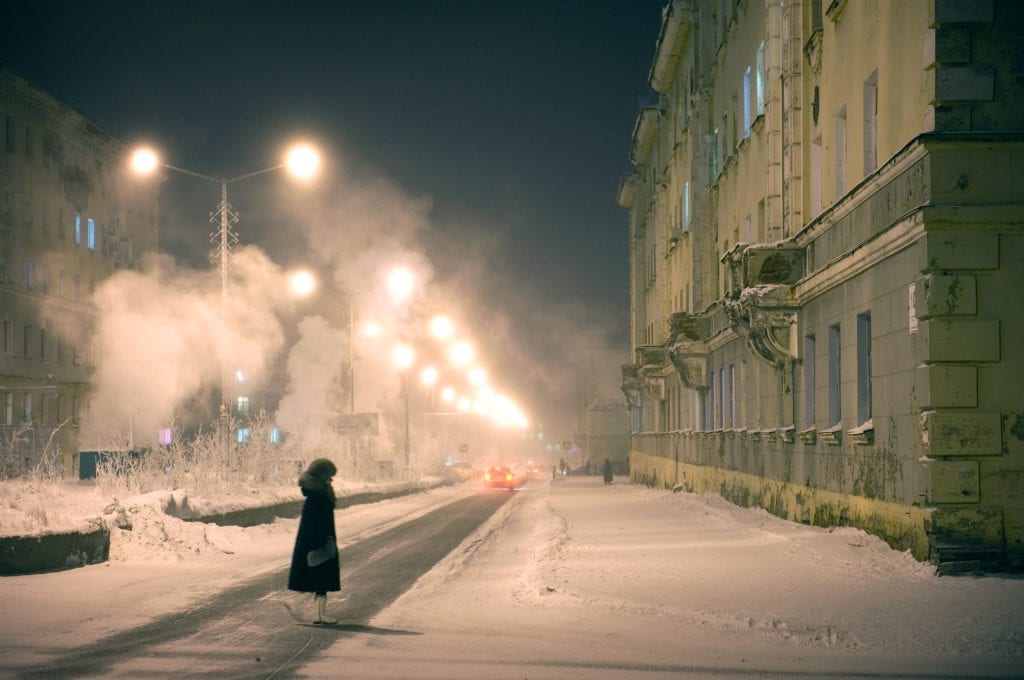
Every year, more than 2 million tons of gas are expelled into the atmosphere. The risk of cancer is two times higher, and respiratory diseases are widespread.
Due to the almost unique weather conditions, Norilsk’s citizens suffer ‘the polar night syndrome’ – anxiety, nervousness, drowsiness or insomnia, depending of the seasons. People spend most of their time in enclosed spaces, ar work, apartments or in local shopping centers.
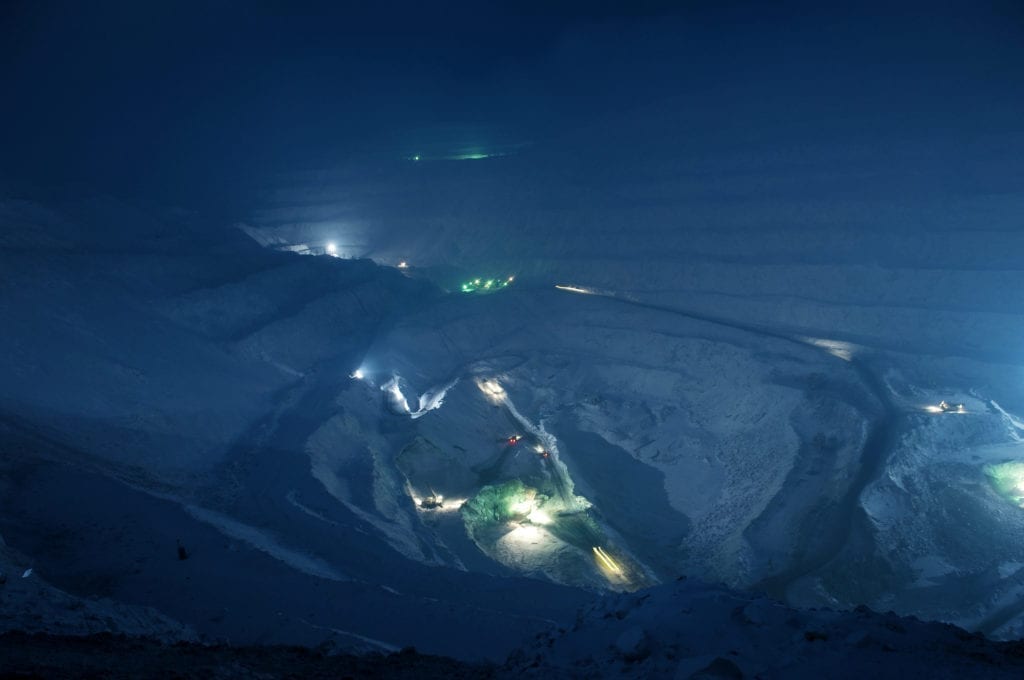
“The isolation of Norilsk makes the city fold in on itself,” says the Russian photographer Elena Chernyshova. “The social and cultural activities are reduced and are often lead by personal initiatives.
Norilsk is thus a living example of human adaptation to extreme conditions of climate, ecological disaster and isolation, living in autarky.”
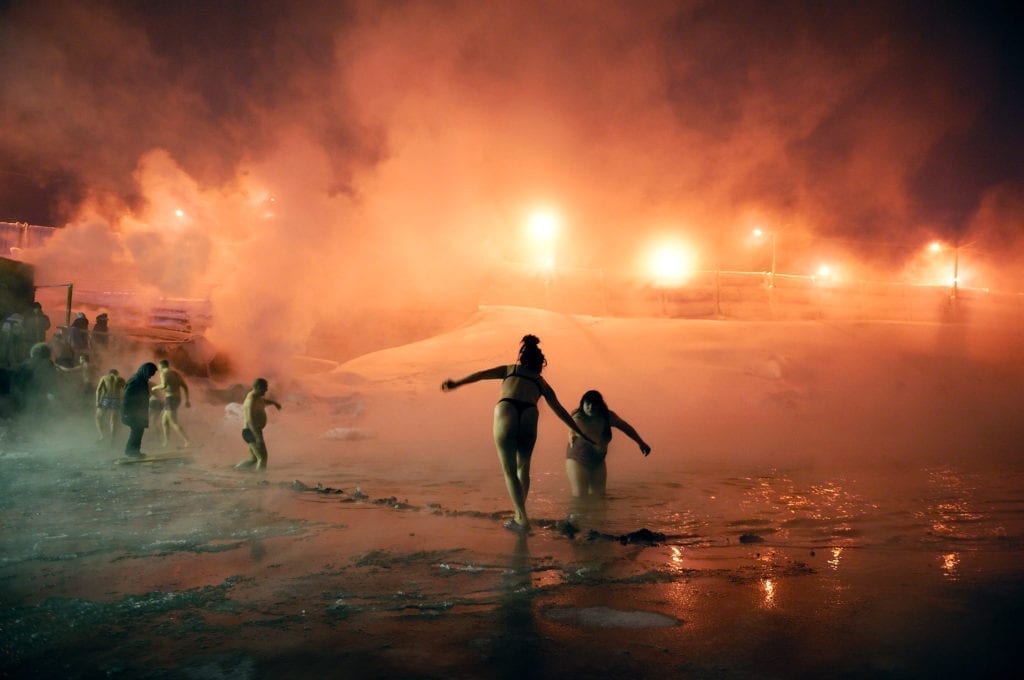
Chernyshova, a documentary photographer based in France, and born in 1981 in Moscow, USSR, is self-taught photographer, whom learnt during her studies at an architectural academy.
After two years of work as an architect, Elena quit her job and cycled with Gael de Cevoisier from Toulouse to Vladivostok and back again, spanning 30,000 kilometres, 26 countries and 1,004 days. The trip led to her decision to become a full-time photographer.
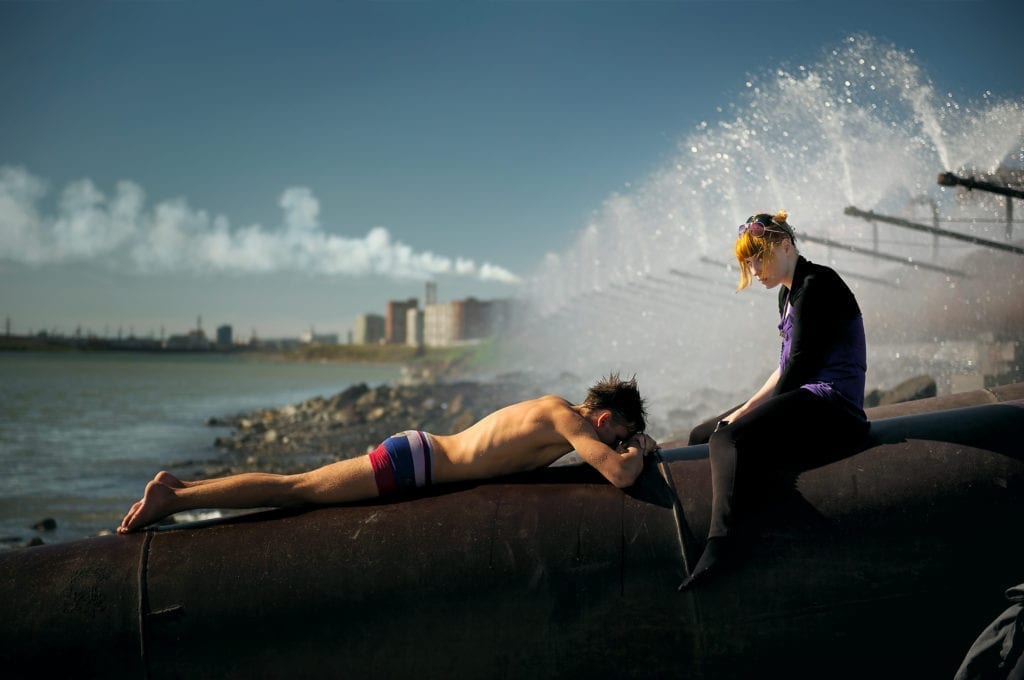
In 2011 Elena received a grant from the Lagardère Foundation to create the photo documentary ‘Days of Night – Nights of Day’ about the daily life Norilsk.
Elena’s work has been published in National Geographic, Geo, Le Monde, le Figaro, 6 Mois, Internazionale, Days Japan, A/R magazine, Newsweek Russia.
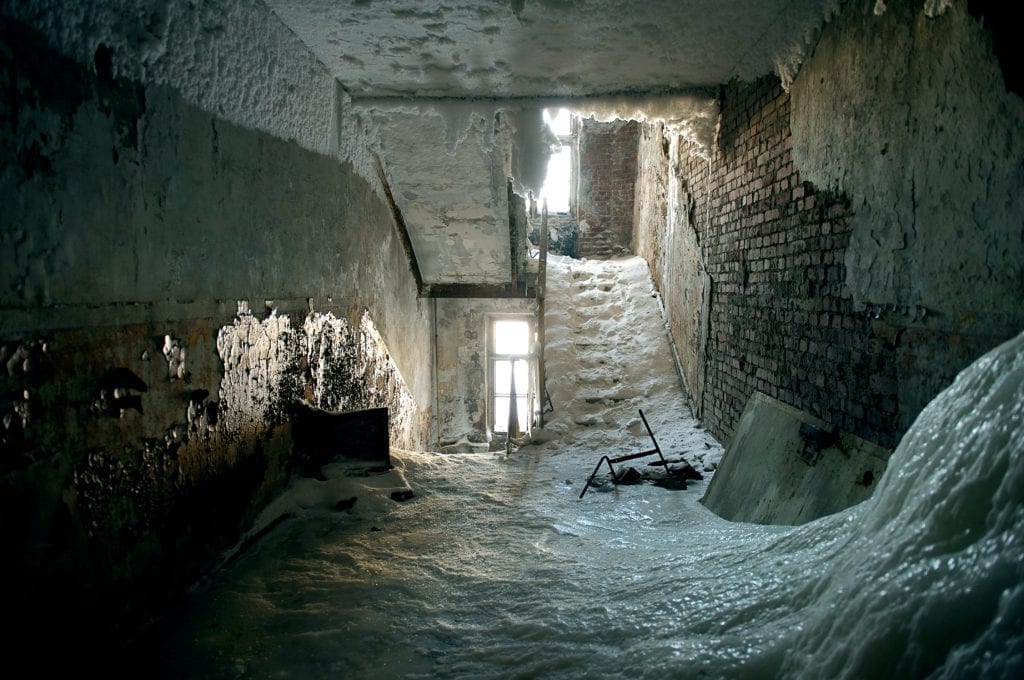
Elena’s series focuses on the mines, factories and parts of the contemporary city constructed by forced labor workers. She photographs the ruins of the House of Culture in the settlement ‘Medvejii rucjei’, one of the first habitations of Norilsk, constructed on the part of Gulag in 1956 near an open mine.
In the nineties, this settlement was closed due to maintenance difficulties and the complexity of its infrastructure. Its inhabitants were moved in the new quarters of Norilsk.
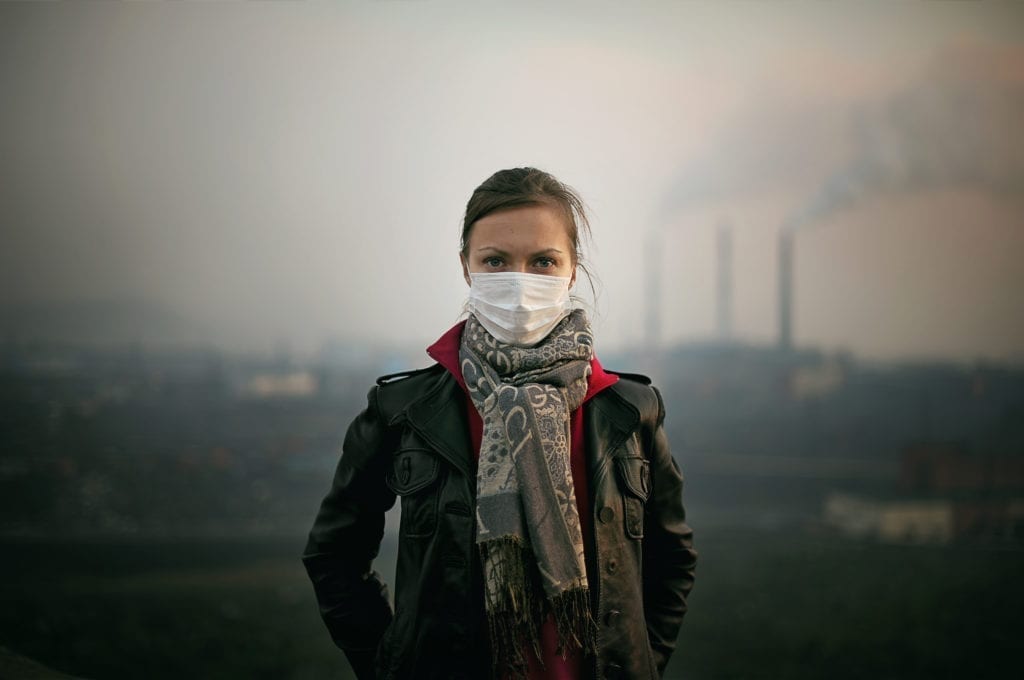
To attract new workers to come to the Far North, the government created several advantages. The salaries were four times higher than in other regions of the country, and workers were provided with a flat after 15-20 years of work.
After Perestroika and the disintegration of USSR, the rich funding of program of development of the North was abandoned. Without financial advantages, the attraction of Norilsk for its inhabitants disappeared.
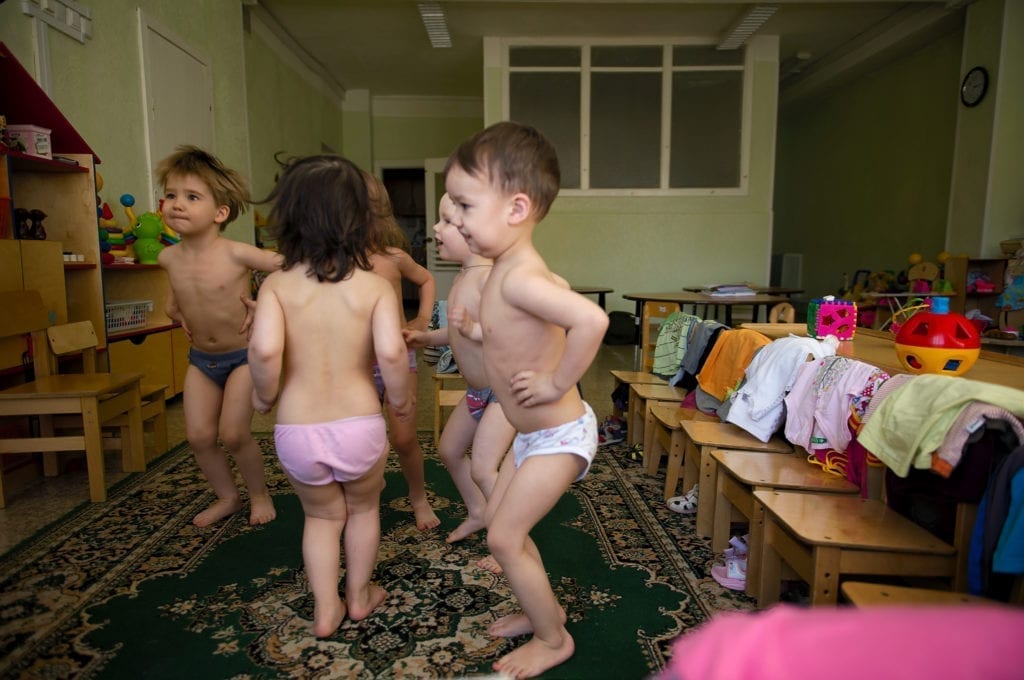
At the same time, the state company of Norilsk was privatized in 1993. The economy of Russia fell into recession. Salaries were not paid. Food stores were empty, the prices grew up. This catastrophic economic situation gave the image of a city “built on bones”.
Elena’s work is on show from 10th September to 20th November 2016 at Concertgebouw Brugge, Belgium. See more of Elena’s work and find out more here.

